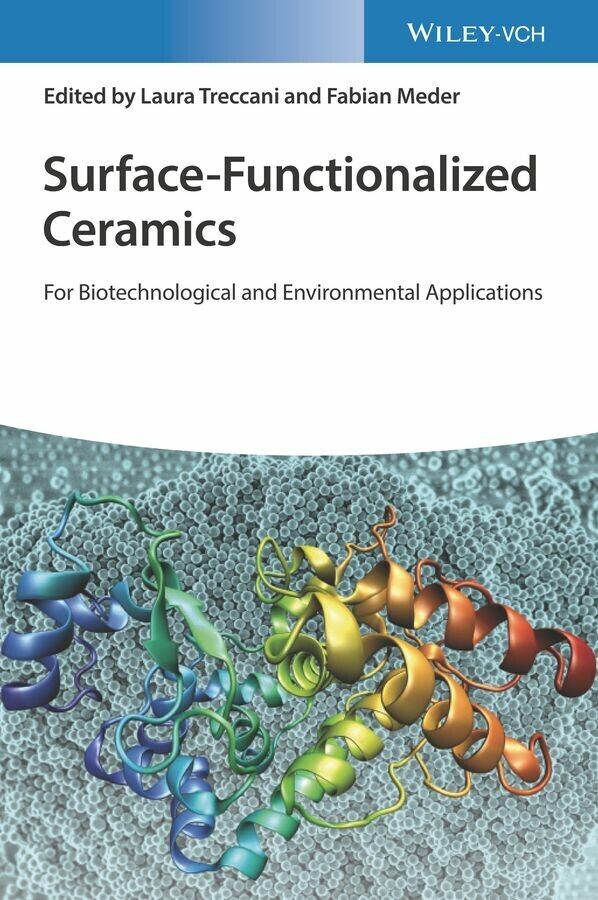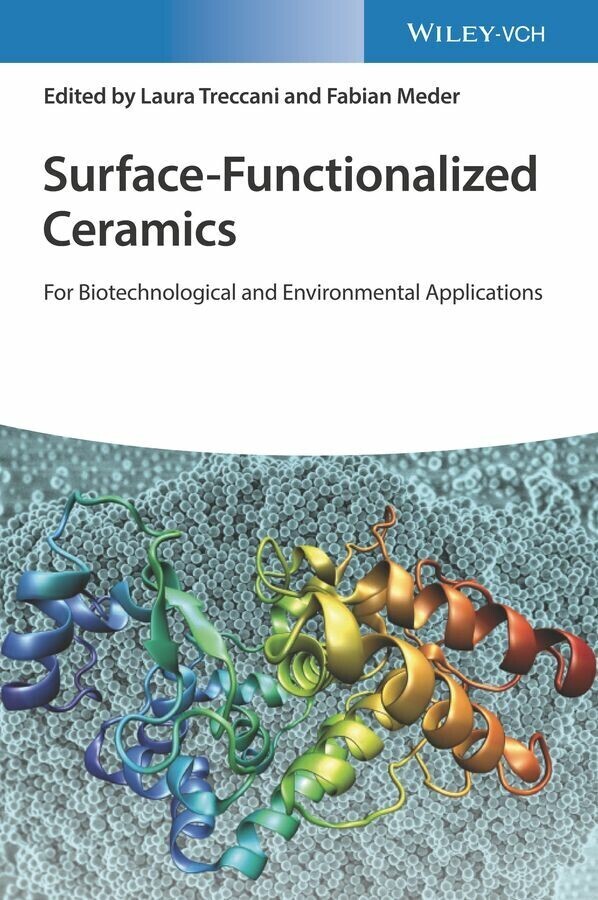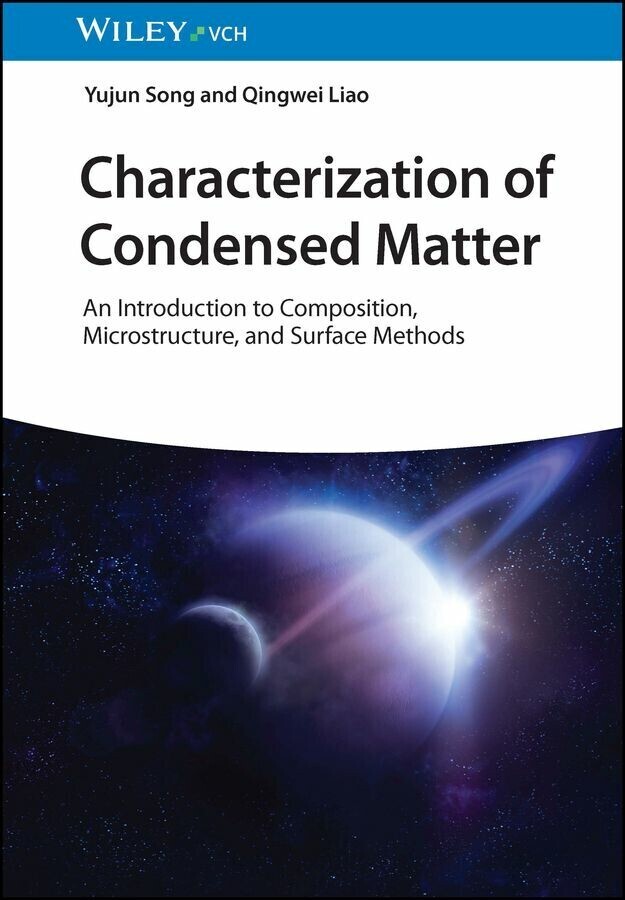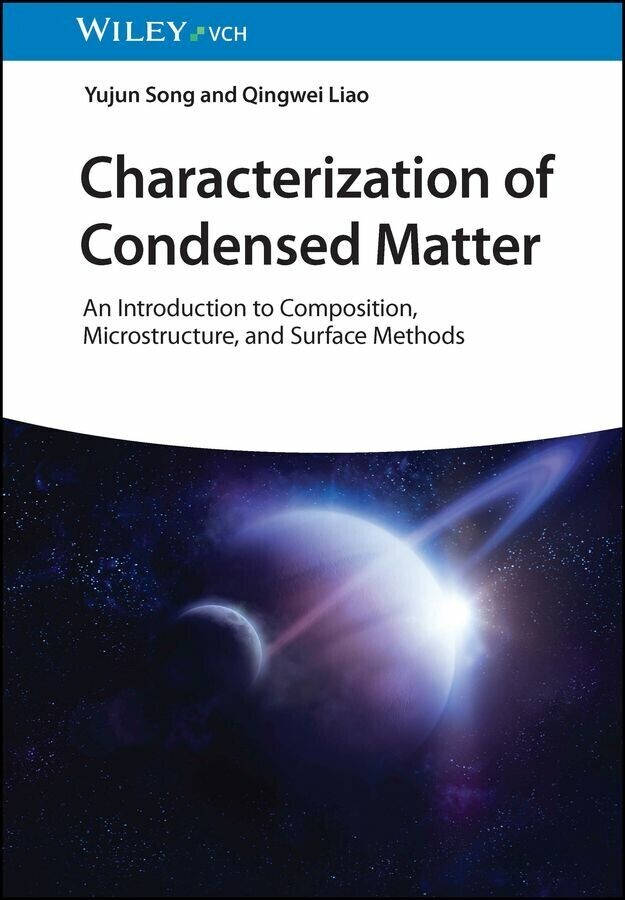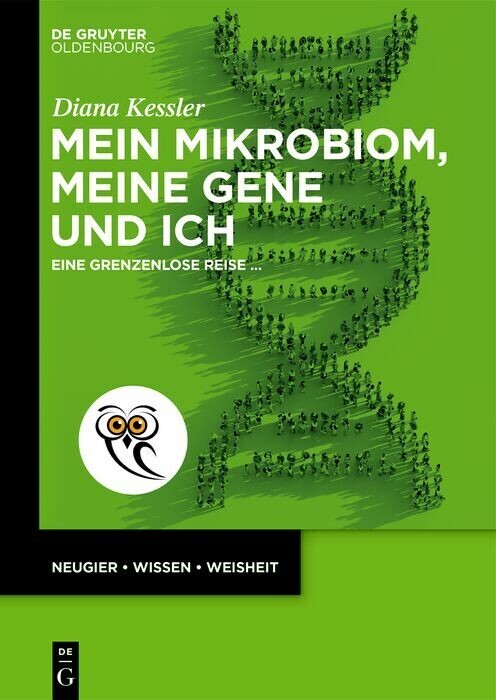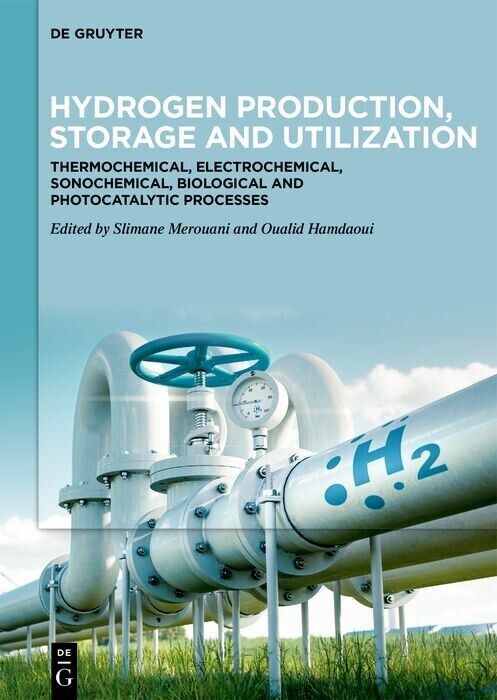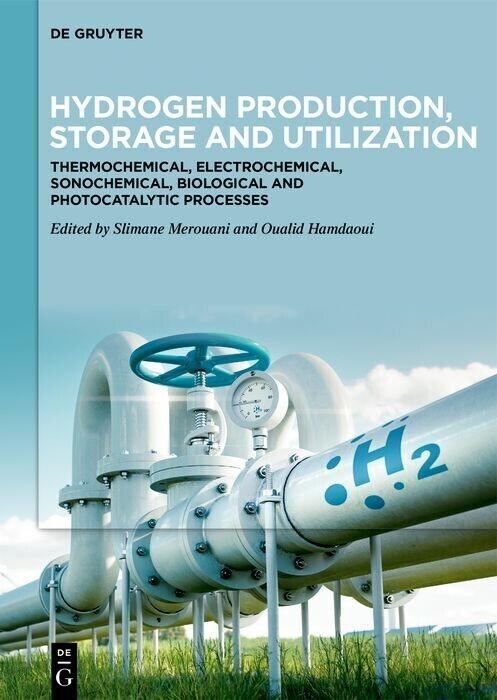Surface-Functionalized Ceramics
Surface-Functionalized Ceramics
Focused coverage of making and using functional ceramic materials for a wide variety of scientific and technical applications
Surface-Functionalized Ceramics provides a comprehensive overview of surface functionalization approaches for ceramic materials, including alumina, zirconia, titania, and silica, and their uses as sensors, chemical, and biological probes, chromatographic supports for (bio)molecule purification and analysis, and adsorbents for toxic substances and pollutants. Overall, the text provides a broad picture of the enormous possibilities offered by surface functionalization and addresses the current challenges regarding surface analysis, characterization, and stability.
As a well-rounded resource, the text points out opportunities of surface-functionalized ceramics, their issues such as achieving surface stability and complex analysis, and how to counter them.
Edited by two experts in the field of advanced materials surfaces, Surface-Functionalized Ceramics covers topics such as:
- Processing methods for advanced ceramics, surface modification of ceramic materials, and methods for electrokinetic surface characteristics
- Surface imaging and chemical surface analysis using atomic force microscopy
- Surface chemical analysis and ceramic-enhanced analytics
- Biological and living matter-surface interactions including protein adsorption mechanisms as well as bacteria behavior in terms of biofilm formation and prevention for antibacterial applications
- Mesoporous silica and organosilica biosensors for water quality and environmental monitoring, plus ceramic-based adsorbents in bioproduct recovery and purification
For professionals, researchers, and academics in the fields of materials science, biotechnology, biotechnological industry, environmental sciences, and ceramics industry, Surface-Functionalized Ceramics is a one-stop reference on the subject that provides different approaches to obtain surfaces of ceramic materials that perform desired functions.
Laura Treccani is Senior Researcher and Innovation Manager at CSMT Polo Tecnologico-Innovative Contamination HUB, Brescia, Italy. She earned her degree in physics from the Università Cattolica del Sacro Cuore of Brescia, Italy and PhD in Biophysics from the University of Bremen, Germany.
Fabian Meder is Researcher at the Italian Institute of Technology in Genova, Italy. He graduated from South Westphalia University of Applied Science, Germany in Bio- and Nanotechnology, and obtained a PhD in Materials Science with highest honors from University of Bremen, Germany.
Treccani, Laura
| ISBN | 9783527698066 |
|---|---|
| Artikelnummer | 9783527698066 |
| Medientyp | E-Book - PDF |
| Copyrightjahr | 2022 |
| Verlag | Wiley-VCH |
| Umfang | 464 Seiten |
| Sprache | Englisch |
| Kopierschutz | Adobe DRM |

